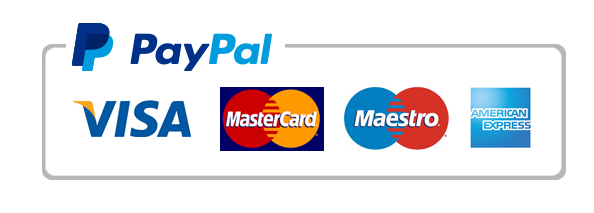Reports
A duvet is a quilted blanket that has a natural or artificial filling and is covered by a removable cover. The insert consists of a quilted shell with synthetic or natural fluff inside. In contrast to comforters, duvets can be changed in style and feel at any time by replacing the cover. A duvet set consists of a duvet cover, a matching pair of pillow shams, and a duvet insert. However, a duvet cover set normally consists of the cover and coordinating linens, with the duvet insert being offered separately. A typical duvet filler generally includes wool, feathers, cotton, microfiber, polyester, and silk among others. The market is influenced by factors such as seasonal demand, trending designs in bedding, as well as the rising popularity of eco-friendly and hypoallergenic options. The duvet market serves both residential customers and commercial establishments such as hotels and hospitality businesses.
Duvet Market Major Driving Forces
Changing Consumer Preferences: The market is being driven by a shift, in consumer preferences towards comfortable options, such as duvets. Consumers are looking for sleep products of quality that offer enhanced comfort and relaxation.
Seasonal Demand Fluctuations: The demand for duvets is influenced by variations in weather patterns and changes in temperature. During seasons sales tend to be higher as people seek warmth and insulation in regions with distinct seasons.
Duvet Market Key Opportunities
Eco-Friendly and Sustainable Options: The increasing demand for eco-friendly products presents an opportunity for the duvet market to develop and promote sustainable options. Manufacturers can capitalize on this trend by using recycled and organic materials or offering duvets with responsible sourcing and production.
Online Retail and E-commerce Growth:
The continued growth of online retail and e-commerce platforms provides an opportunity for duvet manufacturers to expand their reach and tap into a broader customer base. Online sales channels allow for easier product accessibility and global market penetration.
Duvet Market Key Trends
· Emergence of dual-zone duvets, which can be tailored to different temperature preferences for couples sharing a bed
· Growing preference for lightweight and all-season duvets to accommodate changing climate patterns
· Adoption of antimicrobial and antibacterial duvet treatments to enhance hygiene and cleanliness
· Artisanal and handcrafted duvets gaining traction, appealing to consumers seeking unique, locally-made bedding
In North America, the demand is driven by a strong focus on quality, comfort, and luxury in bedding products. The North American consumer values high-quality duvets for enhanced sleep comfort, and this preference drives the demand for premium duvet options in the region. Europe emphasizes on eco-friendly and sustainable materials for duvets. In Asia-Pacific, the market is characterized by burgeoning middle class and rising disposable incomes which has created an increasing demand for duvets. The Middle East and Africa has been witnessing a growing demand for luxury bedding whereas, in South America, the market is influenced by economic factors, with price sensitivity impacting purchasing decisions. Each region experiences seasonal fluctuations, with colder climates driving the demand for duvets. Additionally, online retail and e-commerce platforms have expanded the global market reach, making it easier for consumers to access a wide range of duvet options.
The global duvet market is characterized by high degree of competition among a large number of manufacturers. Key players in the duvet market engage in strategies aimed at gaining a competitive edge. These strategies include product innovation, design differentiation, and the incorporation of sustainable and eco-friendly materials to meet evolving consumer preferences. Established brands leverage their reputation for quality and reliability to maintain market share, while newer entrants focus on disruptive innovations and unique selling propositions.
